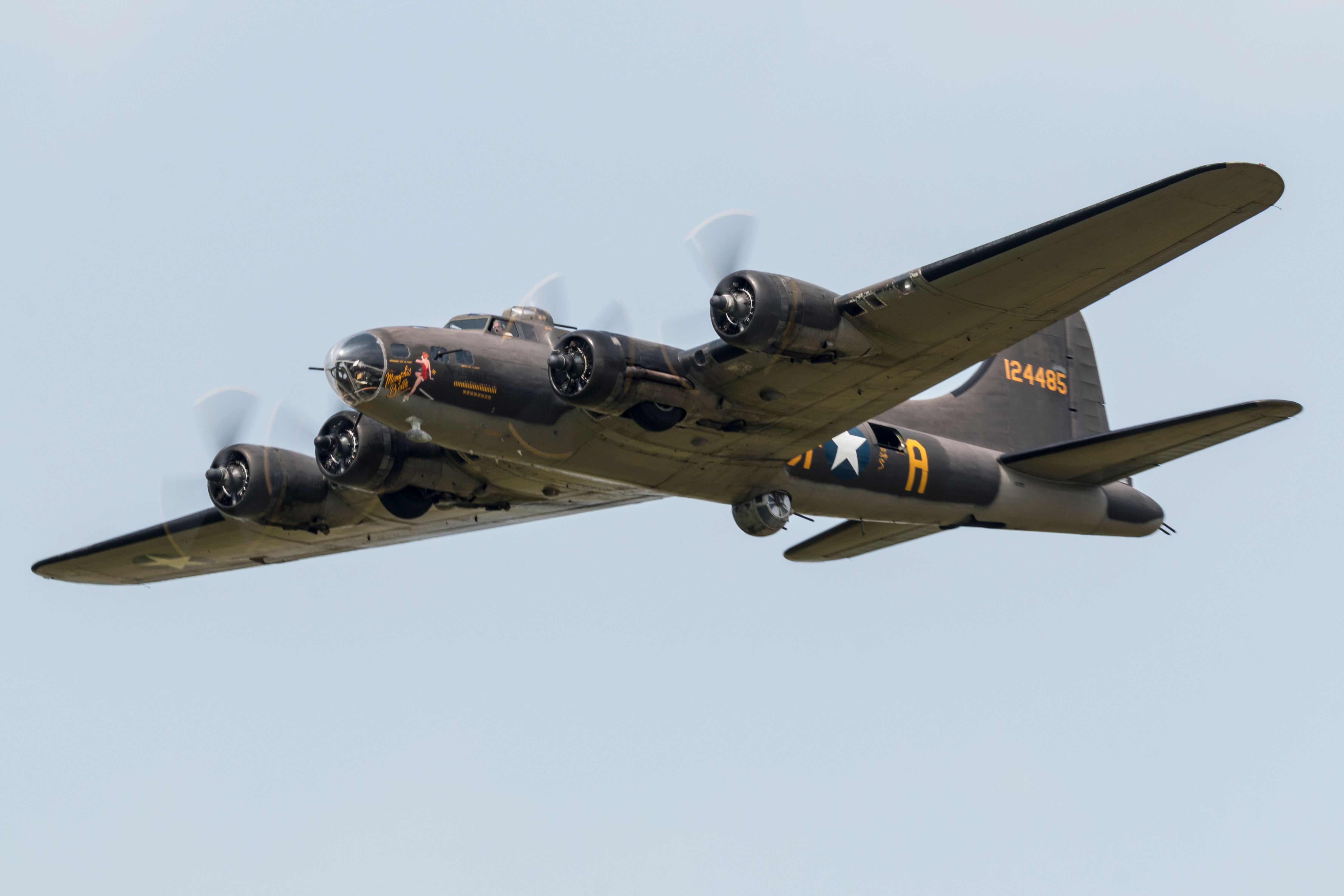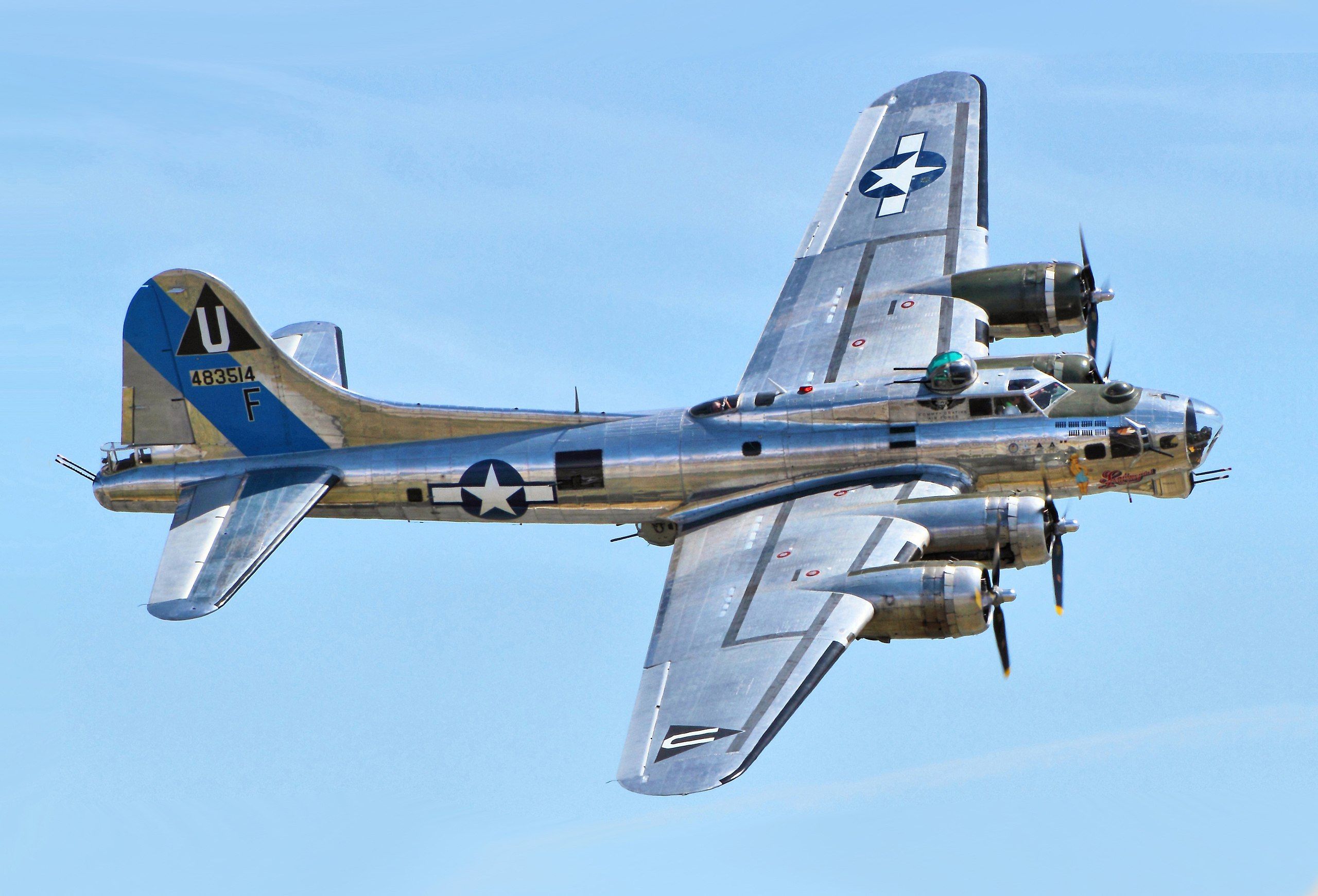Summary
- Boeing’s B-17 Flying Fortress was a notable aircraft from WWII, with over 13,000 produced for the US military and allies.
- Due to cracking and separation issues, the FAA released an airworthiness directive regarding the bomber’s wing spars.
- Despite grounding the remaining fleet, required inspections were completed, and most airworthy B-17s are safely flying again.
The legendary Boeing B-17 Flying Fortress is one of the most notable aircraft from the World War II era. It was initially developed to replace the Martin B-10 in 1934. However, the aircraft crashed during testing, and Boeing was not awarded the contract. However, the aircraft had such impressive performance that the United States Army Air Corps (USAAC) still purchased several prototypes and eventually put the aircraft into service in 1938. Over the next ten years, nearly 13,000 B-17s would be produced for the United States military, the Royal Air Force (RAF), and other allied countries in World War II. During the war, over 5,000 aircraft were estimated to be lost while in service. After the war concluded, many remaining examples were entered into patrol or civil air service. The B-17 was officially retired by its last operator, the Brazilian Air Force, in 1968
FAA airworthiness directive
As of today, there are over forty remaining B-17s in the world, although less than ten of them are considered airworthy. Interestingly, in May this year, several decades after the type’s introduction, the Federal Aviation Administration (FAA) released an airworthiness directive (AD) regarding the bomber’s wing spars. Per the FAA, an inspection of an airworthy B-17 in 2021 found that the left front spar had separated at the wing-to-fuselage joint and that the joint on the right-hand side was cracking. This led to the FAA releasing an AD that required inspections of these joints and subsequent repairs if necessary. This AD led to the eventual grounding of the remaining B-17 fleet.
Photo: BlueBarronPhoto | Shutterstock.com
In the airworthiness directive, the FAA stated,
“This condition, if not addressed, could result in fatigue cracking of the wing terminal-to-spar chord joints, which could result in loss of control of the airplane and reduced structural integrity of the airplane.”
At the time of the release of the AD, the FAA estimated that the remaining 18 registered aircraft in the US would be affected, although only three of them were in flying condition. The remaining aircraft were undergoing restoration. Another affected Flying Fortress was located in the United Kingdom.
Grounding lifted
The AD was somewhat short-lived for the remaining airworthy B-17s. The remaining aircraft underwent the required inspection and were quickly deemed airworthy yet again. The last remaining B-17 in Europe, Sally B, was able to complete its required inspections and was only grounded for a total of five weeks. In June, Sally B was granted approval by the United Kingdom’s civil aviation regulator, the Civil Aviation Authority (CAA). The aircraft, which is unable to carry passengers, was able to participate in the Duxford Summer Air Show on June 23, earlier this summer.
As of early November, there are six airworthy B-17s, including Sally B. The other five aircraft are located in the United States. This includes the Madras Maiden, also known as Ye Olde Pub, located in Madras, Oregon, and is part of the Erickson Aircraft Collection. The Sentimental Journey is another B-17 that tours the nation for airshows. The other US-based B-17s include the Memphis Belle, Aluminum Overcast, and the Yankee Lady.



